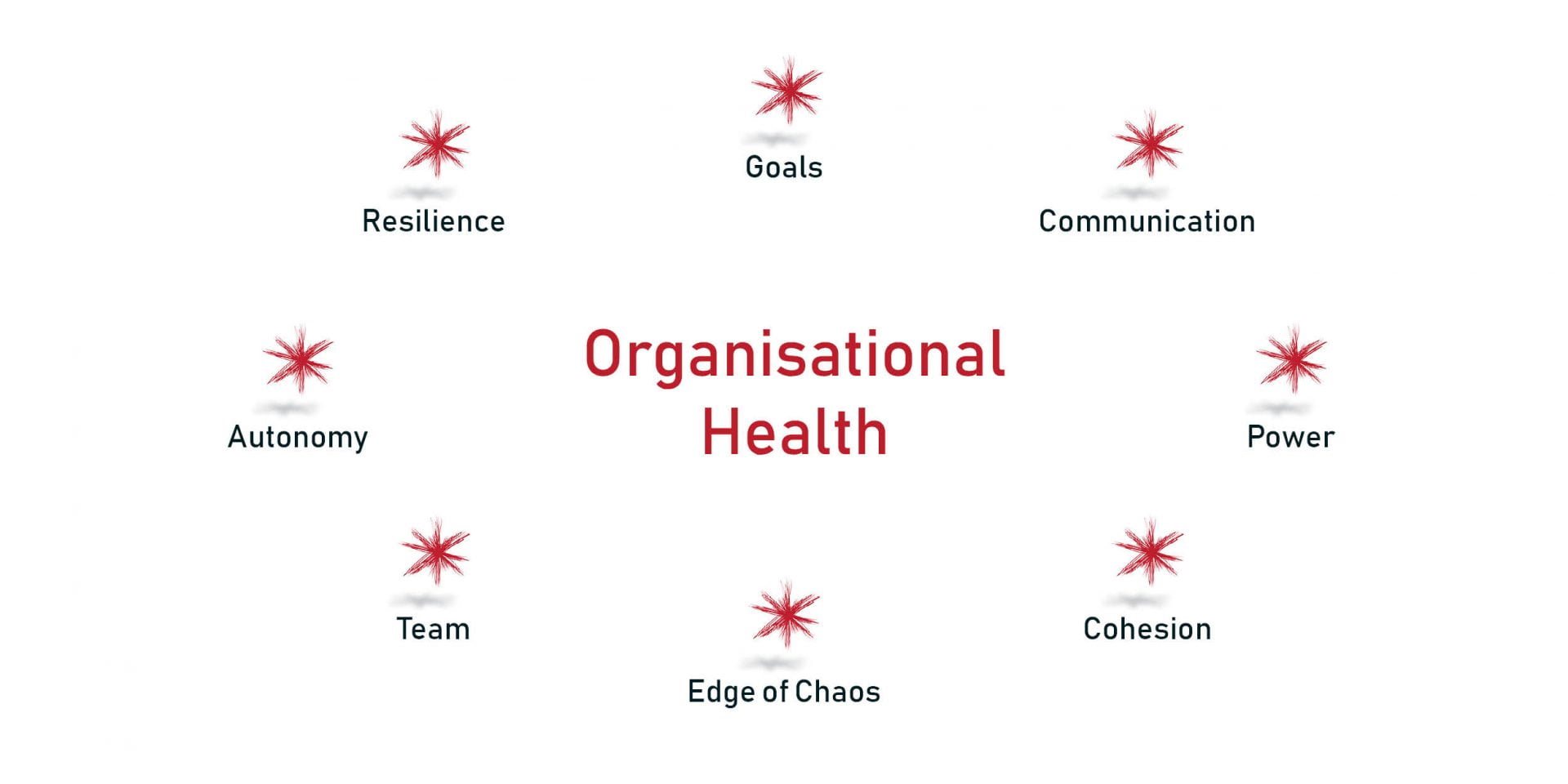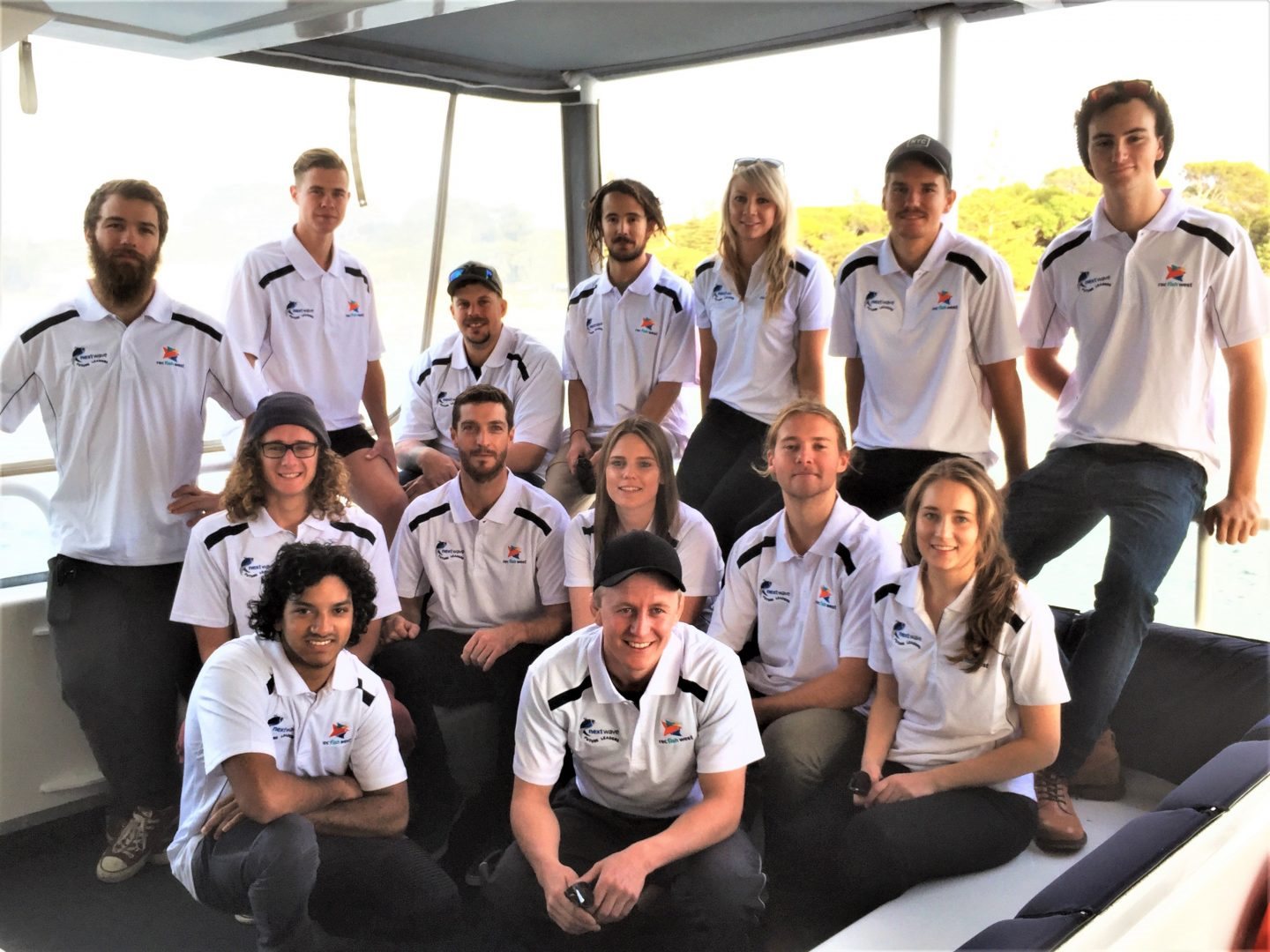
The tension of why, and action
The tension of why and action.
This week I am going to share my personal reflection on the tension of why and action. In other words, a comparison of my why, others whys and getting on with it (action).
A few weeks ago I spent some time talking to a change leader about action being more important than why. I was not convinced by his argument.
Why? Because I am sure you, like me, have spent precious hours and resources fiddling around on busy work but not really being convinced about why I was involved. Foofing around, I call it. Sometimes when I am too tired to do anything expect foof around it is ok. But even mindless foofing is beige after just a short period of time. Don’t you think?
I have spent a good couple of weeks considering my reaction to my learned friends theory that action is more important than why. During this time, I was thinking “what was that all about”.
So, here is a summary of that reflection of my experience and conversation about Why vs Action using Affectus’ 4 Dimensions of Reflection.
Dimension 1: Data – facts
Facts relating to my Why.
- Using time valuably is important to me.
- Being efficient is important.
- Understanding the purpose is highly motivating.
- Working with no understanding of the purpose is demotivating.
- Sorting the purpose (or the why) can happen while I am engaged in doing something action-oriented.
- If I can’t understand the purpose (big picture or the connection to my why) then I don’t hang in there for very long.
- Someone else’s why can dovetail into mine and add value to my purpose. And that dovetailing will add to theirs.
- Doing something with no connection to my purpose bores me quickly.
What do you think about those facts?
Are they too simple?
Should I spend more time thinking through the facts?
For me there are some clear themes about motivation and drive and the connection to my purpose; my why.

Dimension 2: Data – feelings
Feelings relating to my Why.
- When I am working on or in something that connects to my purpose I usually feel excited and focused.
- I can find myself drifting into “I’m feeling bored” when I can’t find the reason.
- When I am immersed in the doing/action of my purpose, either in a group or by myself, I am happy and energised, .
- I can find myself luxuriating in the bliss of tracking down research and information that will link to my concept which adds to my passions.
- And I can spend hours looking for academic papers on all sorts of leadership stuff. I love it and I honestly can feel like I have won lotto (not that I ever have so how would I really know) when I find research that confirms what I have been chasing.
- I feel pissed off if I am chasing knowledge that is not relevant to what I am passionate about.
Golly that is revealing. When I look at those reflections I could feel very selfish. But actually, and again I would be interested in your comments, I know that my purpose is about changing the leadership outcomes for everyone I connect with and spend time with.
Mmmmm, I think I can sleep tonight.
Dimension 3: Decoding – meaning
What does the above all mean when I consider purpose, why, focus, meaning.
Well, this can be the most challenging part of thinking through and reflecting on what has happened. For the me insight when considering why is this:
- I like to have an understanding of why I am doing something and it needs to be connected to what is motivating me and my purpose.
- When I am working on something that is not connected to my purpose I can lose focus and motivation. But, if something fun or full of great action can be connected to my purpose I will find that connection and will commit to it.
- Even though I am not great at finishing things off I can stick to something, completely, for a long time and can search for all sorts of querky and fascinating concepts if I am working on what I love and do well.
Is it the same for you?

Dimension 4: Decisional – Action
Why is complex.
I am driven by something that makes sense to me, that I love and feel committed too. Why will keep me “in” something that otherwise I may drift away from.
However, it is important to remember why is very personal. And therefore, so is the passion that drives others. So, although someone else's why might be different to ours it is still as important to them.
My decision
Ask the question rather than make assumptions. Why? Because in asking the question my purpose may connect with another’s why which will be great for both of us.



































